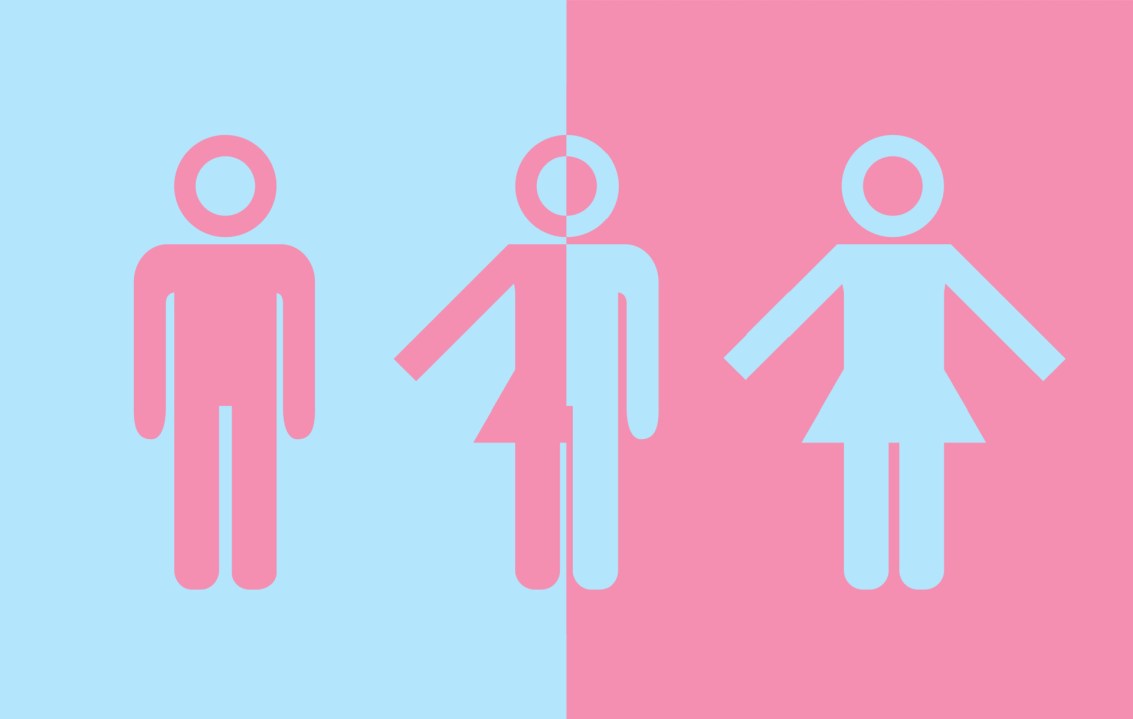When the Cass Review was published in April, many of us working in schools heaved a sigh of relief. For many teachers the muddle surrounding the position of transgender children and those working with them caused serious concern. A maths teacher in Swindon was sacked for addressing a student as ‘she’ and writing her ‘dead name’ on the board, even though she/he was asking to be entered into a girls’ maths challenge.
Most teachers are in the job to impart knowledge, to encourage thinking and to play a part in guiding a child towards adulthood. We are not there to judge, mock or belittle. But we found ourselves increasingly confused. How much should – or could – we tell the parents? How should we deal with basic practicalities, such as which lavatories such students should use? And, for English teachers like me, how could we spend our days dinning subject/verb agreement into our students, only to have to use a plural pronoun about a single student? We were in a mess.
No one can punish us for forgetting a transgender child’s chosen pronouns or name
Many of the findings of the Cass Review chimed directly with our experiences of the world, as opposed to the rabid political thinking that was overtaking the debate. Teachers, along with GPs and others not working for gender identity services, felt, as the report wrote, ‘under pressure to adopt an unquestioning affirmative approach’. This was even though we could see a measurable increase in gender dysphoric children for no discernible reason, and in particular a huge swing in the number of girls who were feeling male. I think in all my years of teaching I know of one boy who (after he left us) began the sex-change journey. And yet every year there are more girls who identify as ‘he’ or, more often, ‘they’. Why?
This is not an answer Hilary Cass can provide, but what she does note is that many of these children have other issues alongside their gender dysphoria; one of her key recommendations is that any child referred to NHS gender services must also be screened for other conditions, including neurodevelopmental issues and autistic spectrum disorder, and have a full mental health assessment. The Cass Review shows the importance of psychosocial elements in a teenager’s perception of self, and this is backed by the German researchers Alexander Korte and Gisela Gille, who find strong links between gender dysphoria and anorexia.
Without looking at the science, can we not agree that this makes strong anecdotal sense? Many young girls and women in the past, in confusion or disgust at their changing bodies, starved themselves as a rejection of their newly obvious femininity. Where are those girls now? Again, I have known very few in my teaching practice; these may be the very girls who are now turning their feminine faces to the wall and embracing a new masculinity. It is also, in my experience, rare that these children who present with gender dysphoria do not also have other issues that keep them out of the classroom. Cass’s recommendations are for a much more holistic approach to gender dysphoria than has been seen to date. The psychosocial element is key, an oversight that might in part have led to the demise of the Tavistock Clinic.
The attitudes of the children who surround the minority is interesting. They are much quicker to adopt the changing pronouns and names than we oldies, and appear to be much less questioning of the whole ideology. They are born into a generation which accepts transgenderism as a new norm.
There has been some puzzlement, too. ‘I’m not being mean, Miss, but will X stand as head boy or head girl?’ is a frequent question. As well as, when a transgender child came into my class to wish me goodbye on leaving the school: ‘Not being funny, miss, but is X a boy or a girl nowadays?’ The X in question had come in with pink hair, jewellery and even some make-up, seeming to be re-engaging with her birth femininity while still clinging to the new name and pronouns. Another child I know came in with a new name and pronouns and when I mis-called her name on the register (which still had the ‘dead name’) and immediately apologised, she smiled and said: ‘Don’t worry, Miss, I don’t really care.’ She had not even bothered to change the name on the exercise book and now has quietly slid away from all expressions of transgenderism. She does, however, have other issues of anxiety and non-attendance to which she is holding firm.
Under Cass’s recommendations, no child under 18 will be able to access puberty blockers. Victoria Atkins, the former health secretary, immediately placed an emergency ban on providing them outside the NHS, a ban that has since been ratified by Wes Streeting. Children in primary schools are to be ignored if they begin to express gender dysphoric sentiments, and school staff must alert the parents (unless they believe doing so would put the child in danger) of a child’s feelings about gender. Furthermore, no one can punish us for forgetting a child’s chosen pronouns or name. All of this is pure common sense. It just seems a little odd that it took so long before the government and the world in general felt able to accept it.
There is no doubt these children need help, but neither is there any doubt there should be a more wide-ranging approach to the help they receive. They need a holistic, unrushed approach, and they need it from all the adults surrounding them. As the poet John Cooper Clarke said: ‘If a man says he is Napoleon, we don’t immediately rush out and buy him a horse and point the way to Moscow.’








Comments